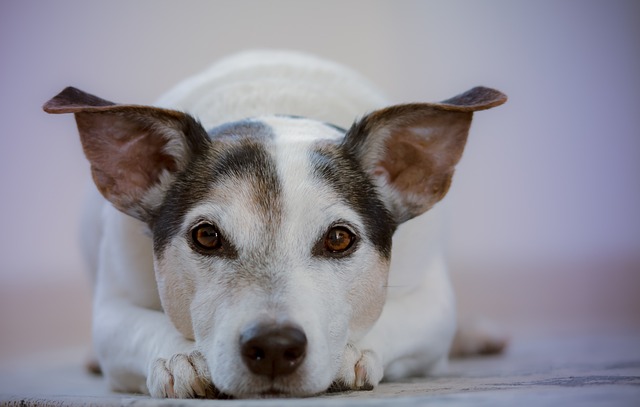
what will seizures do to a dog
Watching your dog experience a seizure is a heart - wrenching sight for any pet owner in the U.S. As a new dog parent, you may be left wondering: What will seizures do to a dog?
Picture your Beagle, Charlie, suddenly collapsing in your New York apartment kitchen. His legs paddle wildly, jaw chomping at the air, eyes glazed—terrifying, helpless, and utterly disorienting. While you can’t always prevent seizures (often tied to epilepsy, toxins, or brain issues), smart management can reduce frequency and severity. Here’s how to protect your pup, blending science with real-world U.S. pet ownership.
First, understand the "why." Seizures stem from chaotic electrical bursts in the brain—like a lightning storm hijacking normal function. Common triggers include ingested poisons (chocolate, xylitol gum, rat bait), heatstroke during summer park visits, low blood sugar from skipped meals, or stress from fireworks. For recurring episodes, your vet may diagnose idiopathic epilepsy (no clear cause), common in breeds like Labradors or Border Collies. Never try DIY fixes like ice baths or restraining Charlie mid-seizure—you risk injury or worsening neurological damage.
Action is critical during an episode. Step 1: Safety first. Clear sharp objects, dim lights, and cushion Charlie’s head with a towel. Time the seizure—if it exceeds 2 minutes or he has multiple fits in 24 hours, rush to the ER. Step 2: Document. Film the episode for your vet (yes, your phone is a diagnostic tool!). Note triggers: Was he near cleaning chemicals? Did fireworks spook him? Post-seizure, keep him quiet in a cool, dark room—avoid sudden touches or loud noises. Step 3: Vet partnership. Blood tests, MRIs, or daily anti-seizure meds (like phenobarbital) may be needed. Never adjust doses without vet guidance—incorrect use risks liver damage.

Prevention is cultural and practical. In apartments, minimize sensory overload: Use white noise machines during city construction or thunderstorms. Stick to routines—irregular feeding/walking spikes stress. Always leash Charlie in public spaces (even in pet-friendly buildings like those in Chicago or L.A.); a bolted seizure could send him into traffic. Positive reinforcement is non-negotiable: Punishing anxiety (like crate-banging post-seizure) worsens neurological stress—reward calm behavior with treats instead.
U.S. compliance saves lives. Ensure Charlie’s rabies vaccine is current—state laws mandate this, and unvaccinated dogs face quarantine if they bite during a seizure. Scoop waste immediately on walks (fines reach $500 in cities like Seattle)—seizure meds can contaminate soil. Discuss "seizure response kits" with your vet: Include rectal diazepam gel (prescription-only) and a pet alert tag.

Watching your dog experience a seizure is a heart - wrenching sight for any pet owner in the U.S. As a new dog parent, you may be left wondering: What will seizures do to a dog?

Picture your Beagle, Charlie, suddenly collapsing in your New York apartment kitchen. His legs paddle wildly, jaw chomping at the air, eyes glazed—terrifying, helpless, and utterly disorienting.

Discovering your dog injured is a heart - stopping moment. Panic might set in, but your calm actions in these crucial moments can make all the difference, both for your pet’s well - being and in complying with animal welfare regulations.

You’ve just noticed your dog showing concerning symptoms like a swollen belly, restlessness, and unproductive vomiting. Panic sets in as you wonder: how long can dogs survive with GDV?

You’ve welcomed a new dog into your home, and as you watch them shy away from visitors or cower at the sight of a friendly face on a walk

For many dog owners, skipping nail trims might seem like a harmless oversight, but it can snowball into serious issues—both for your pet’s health and your legal responsibilities.